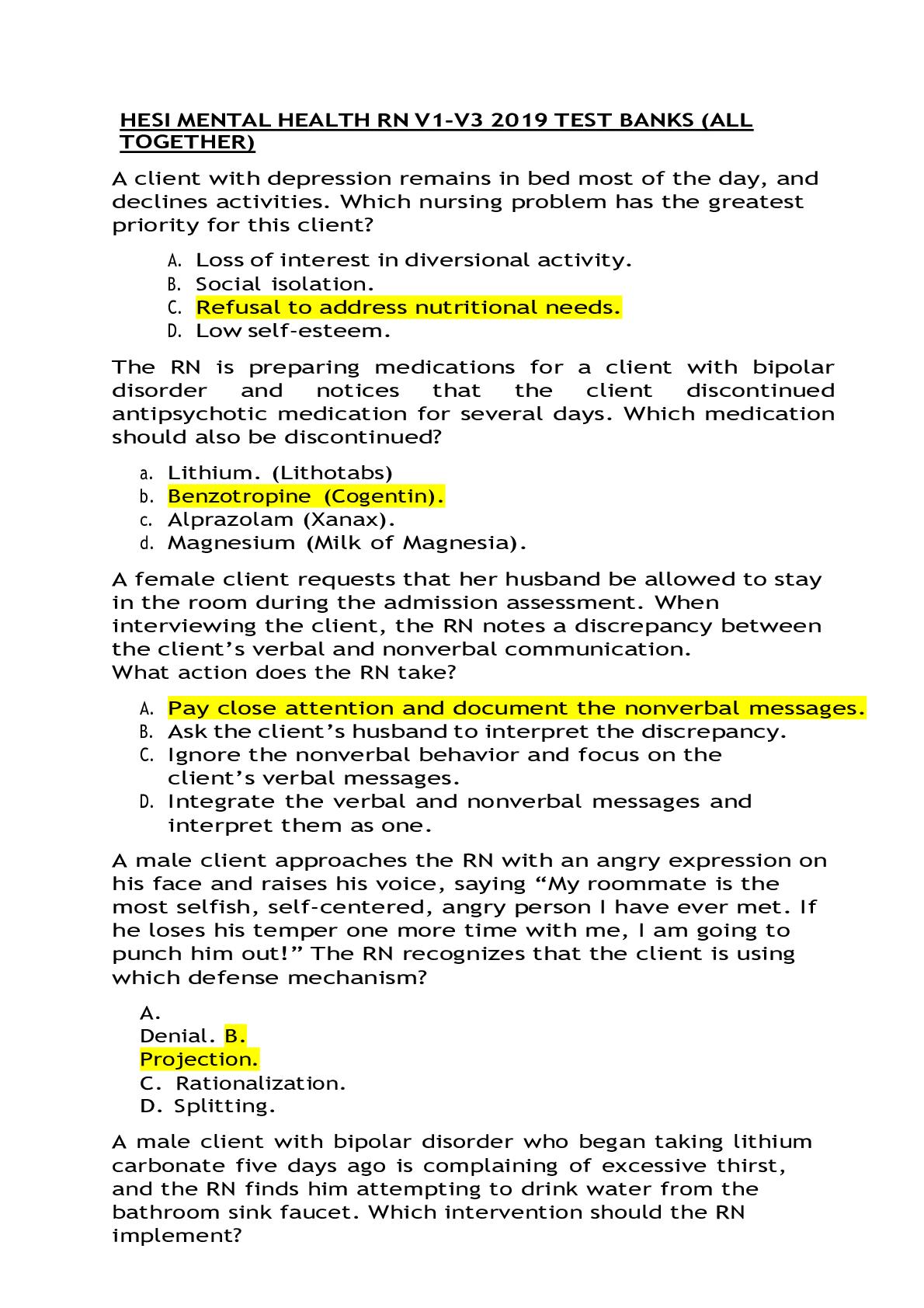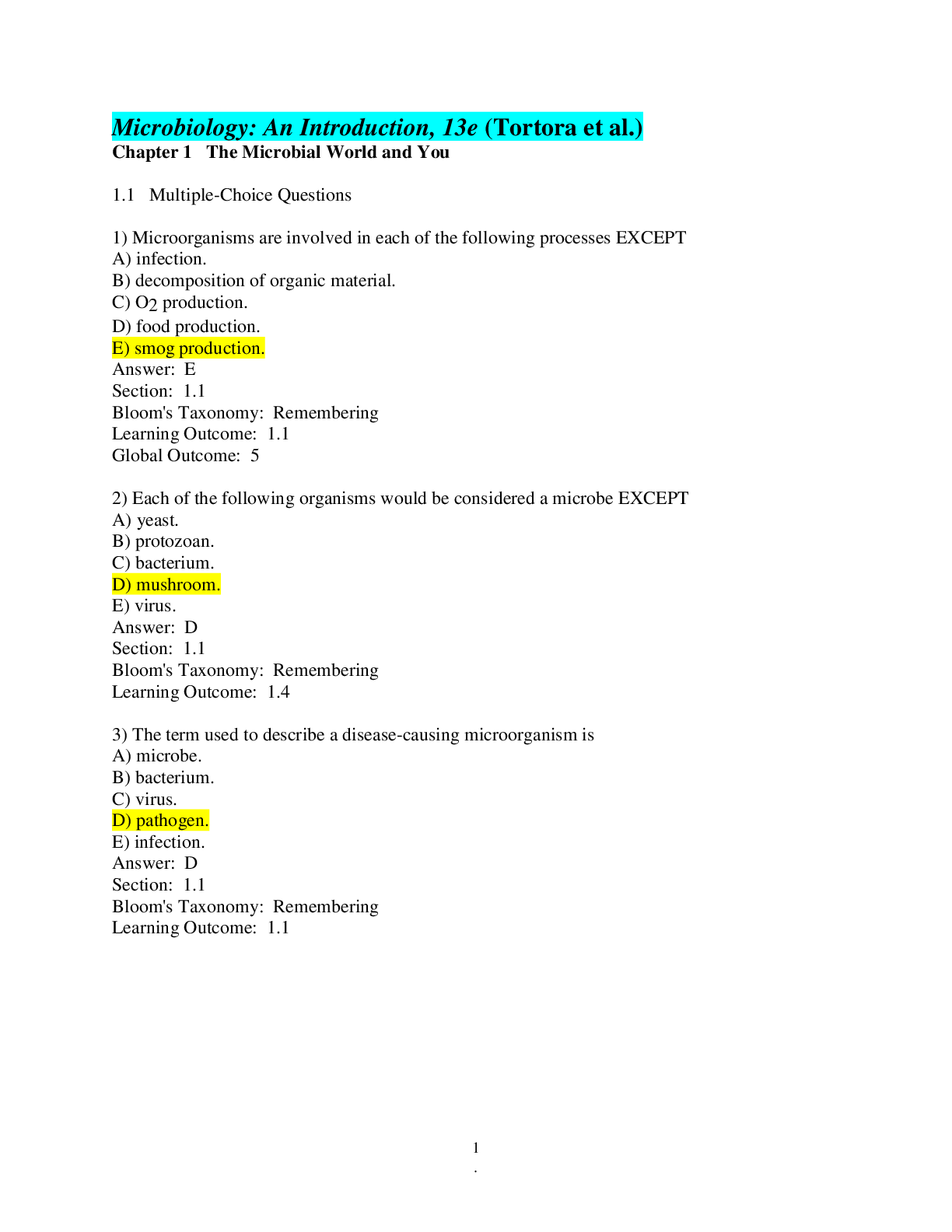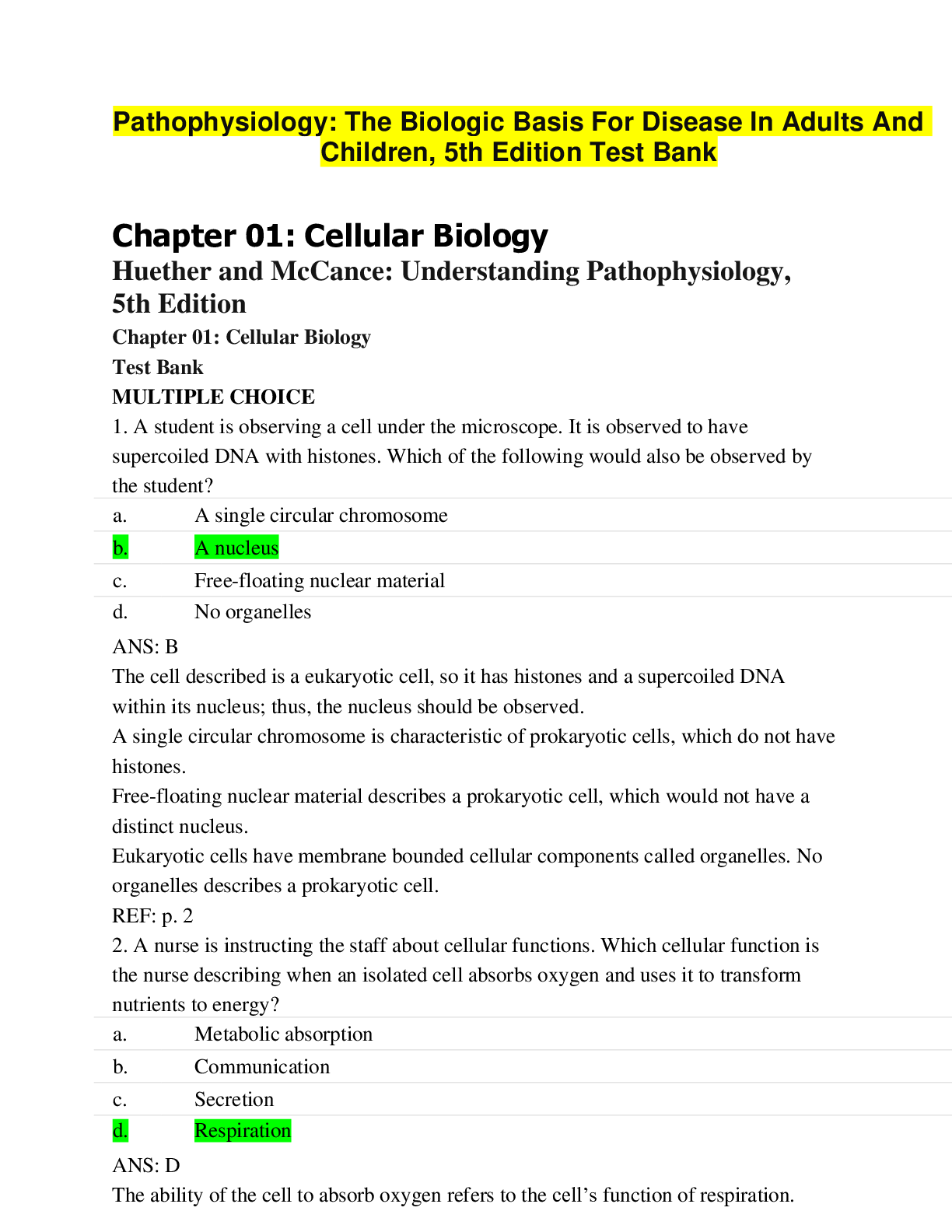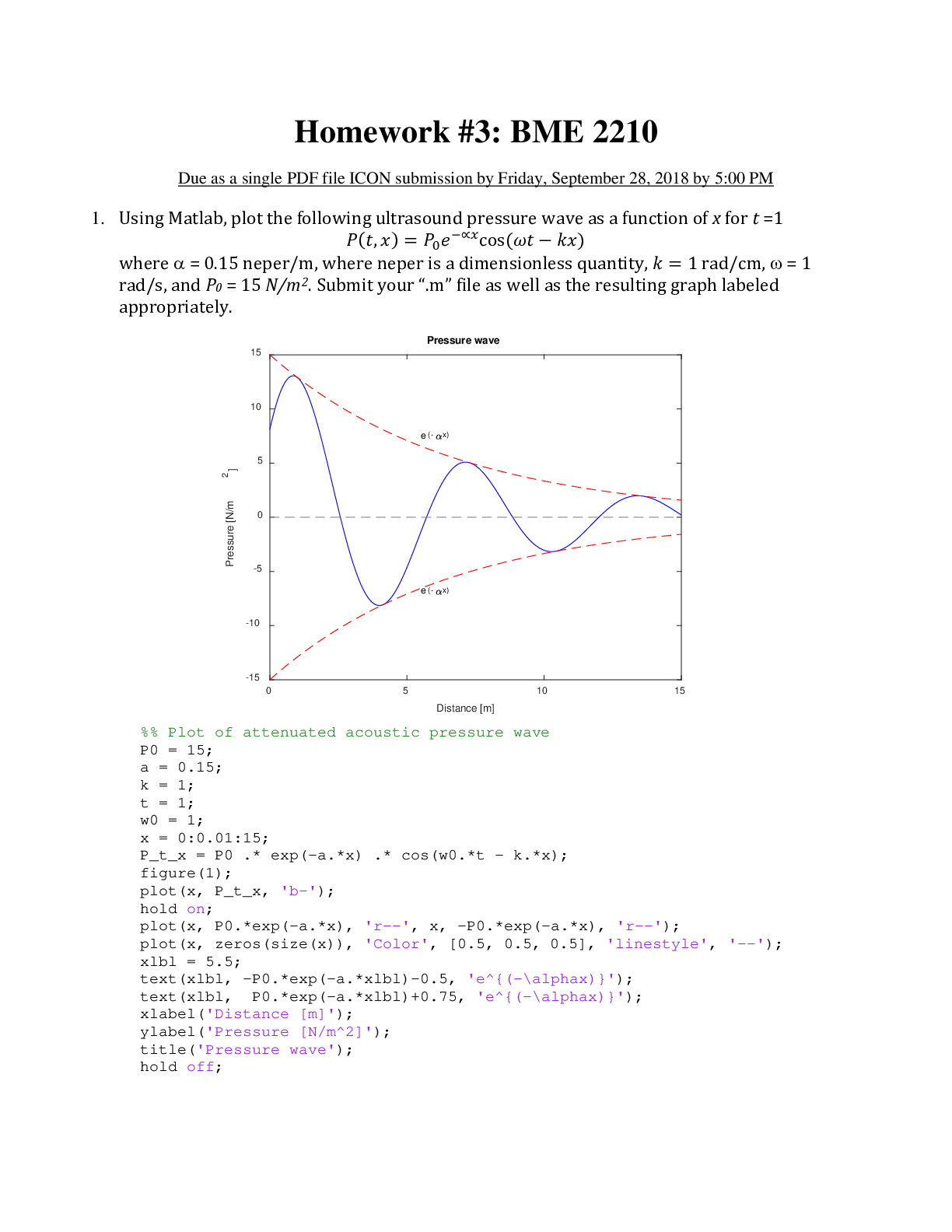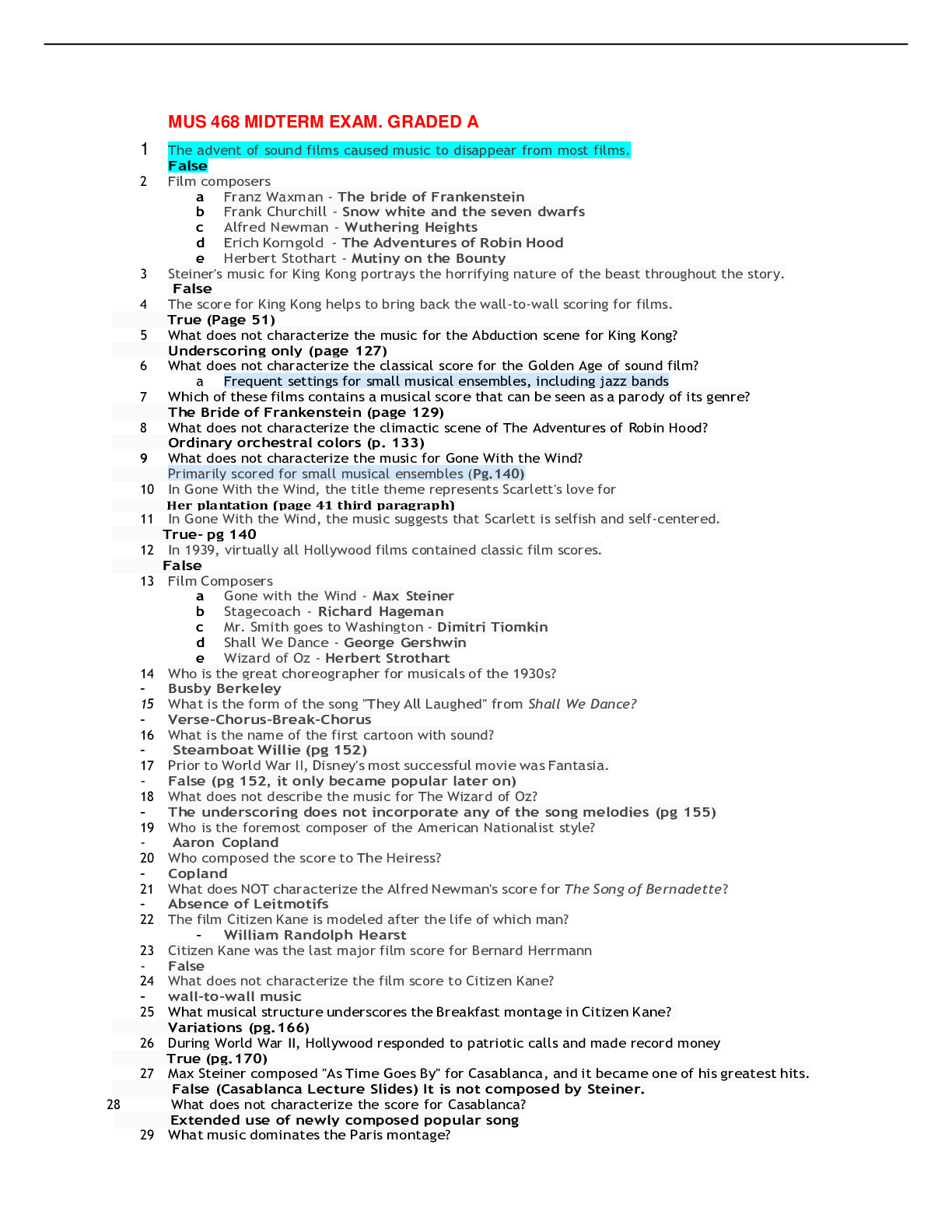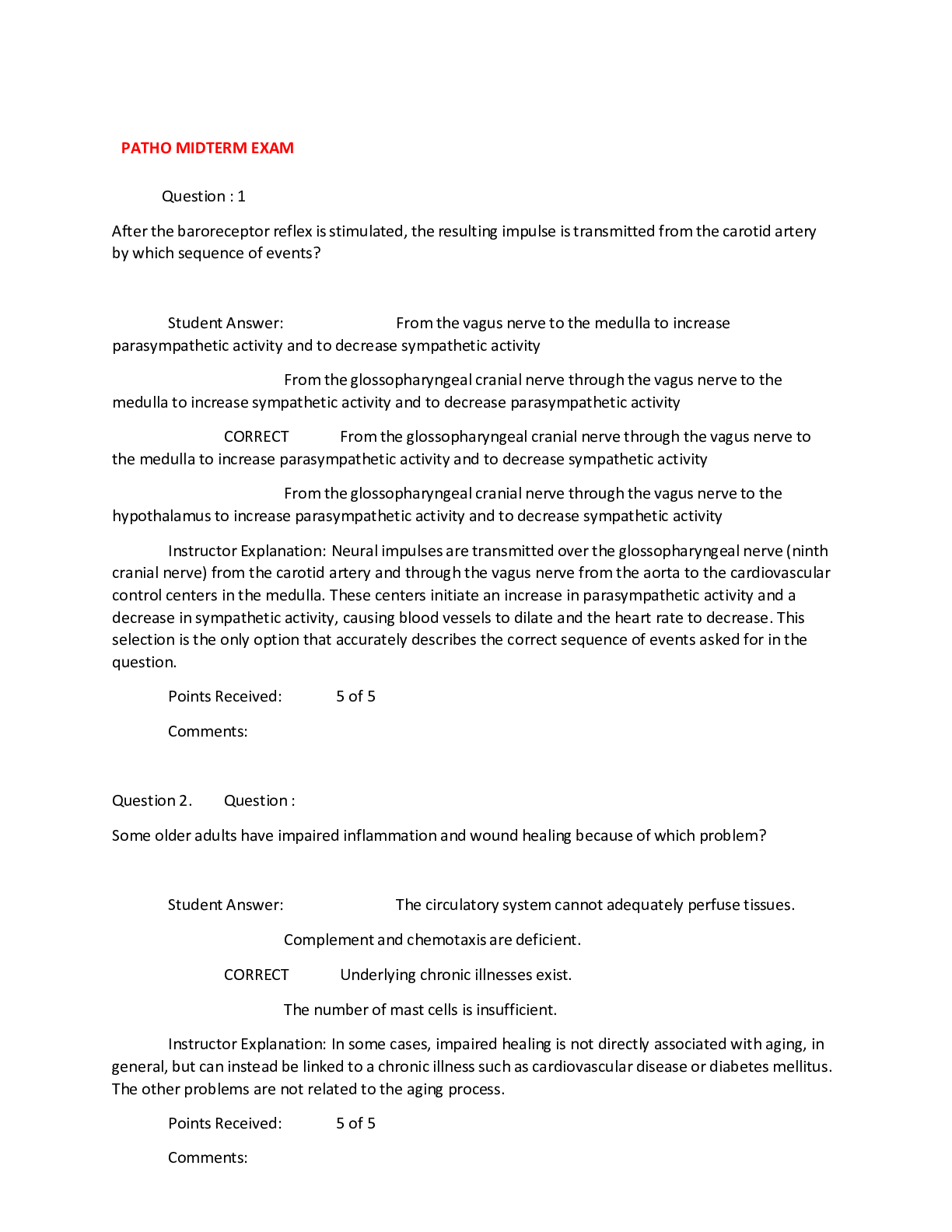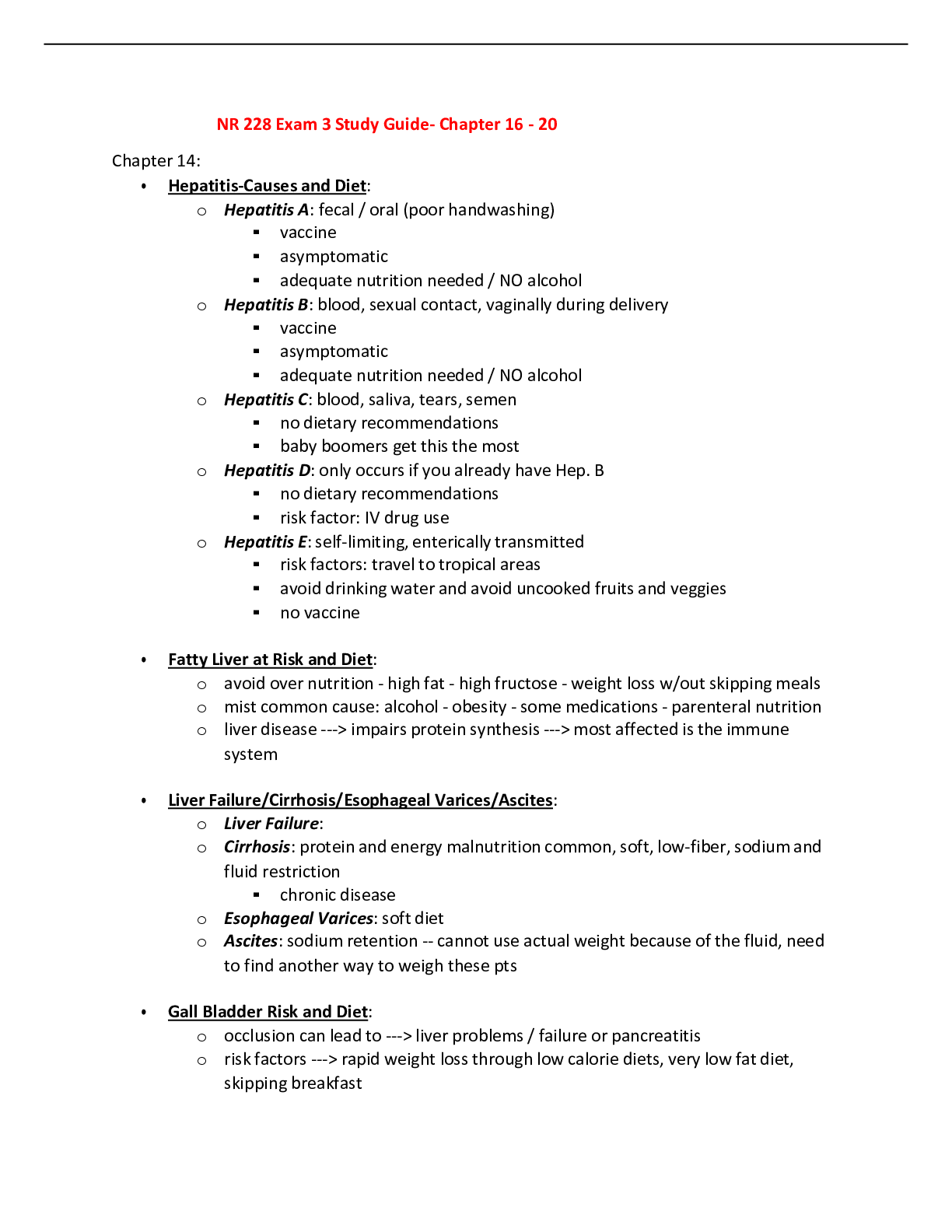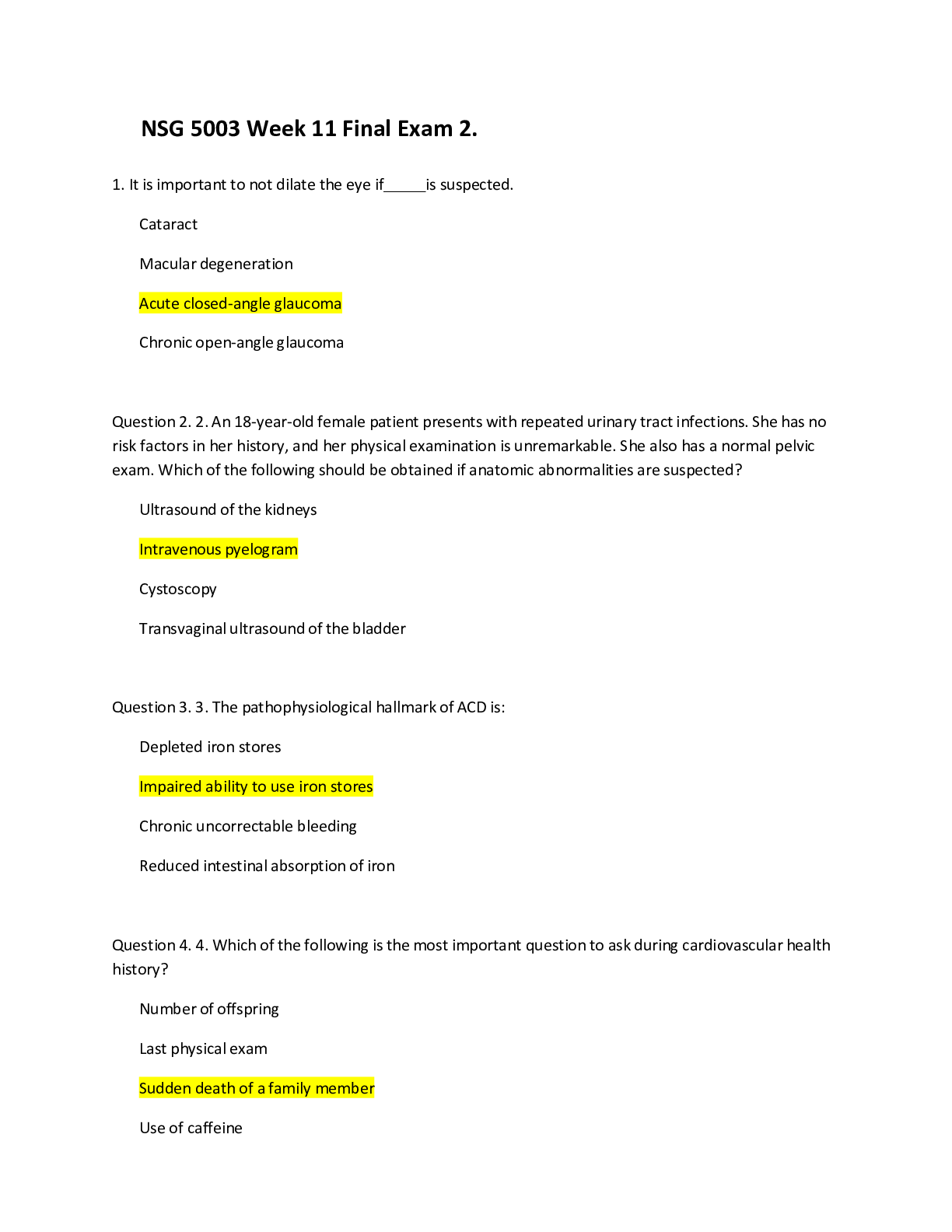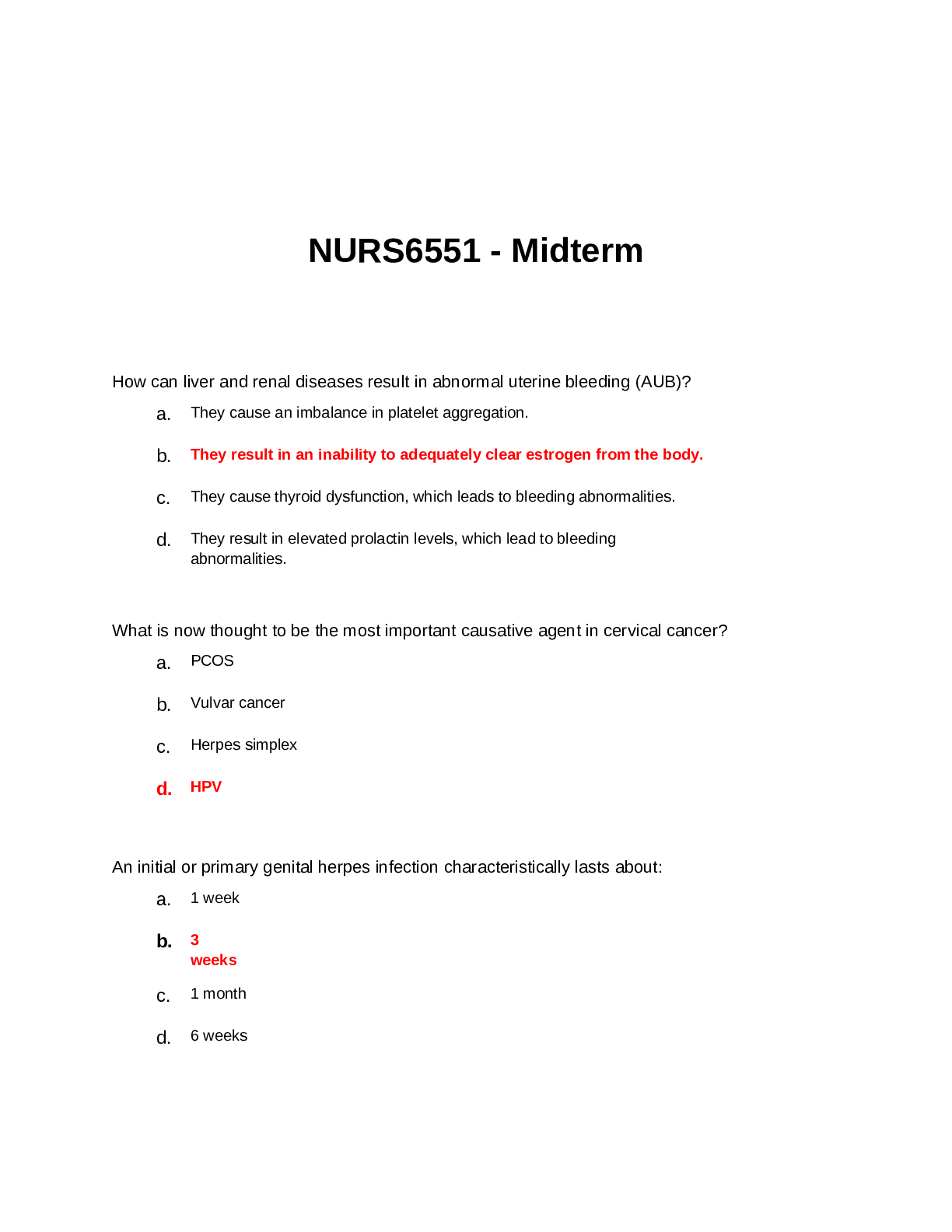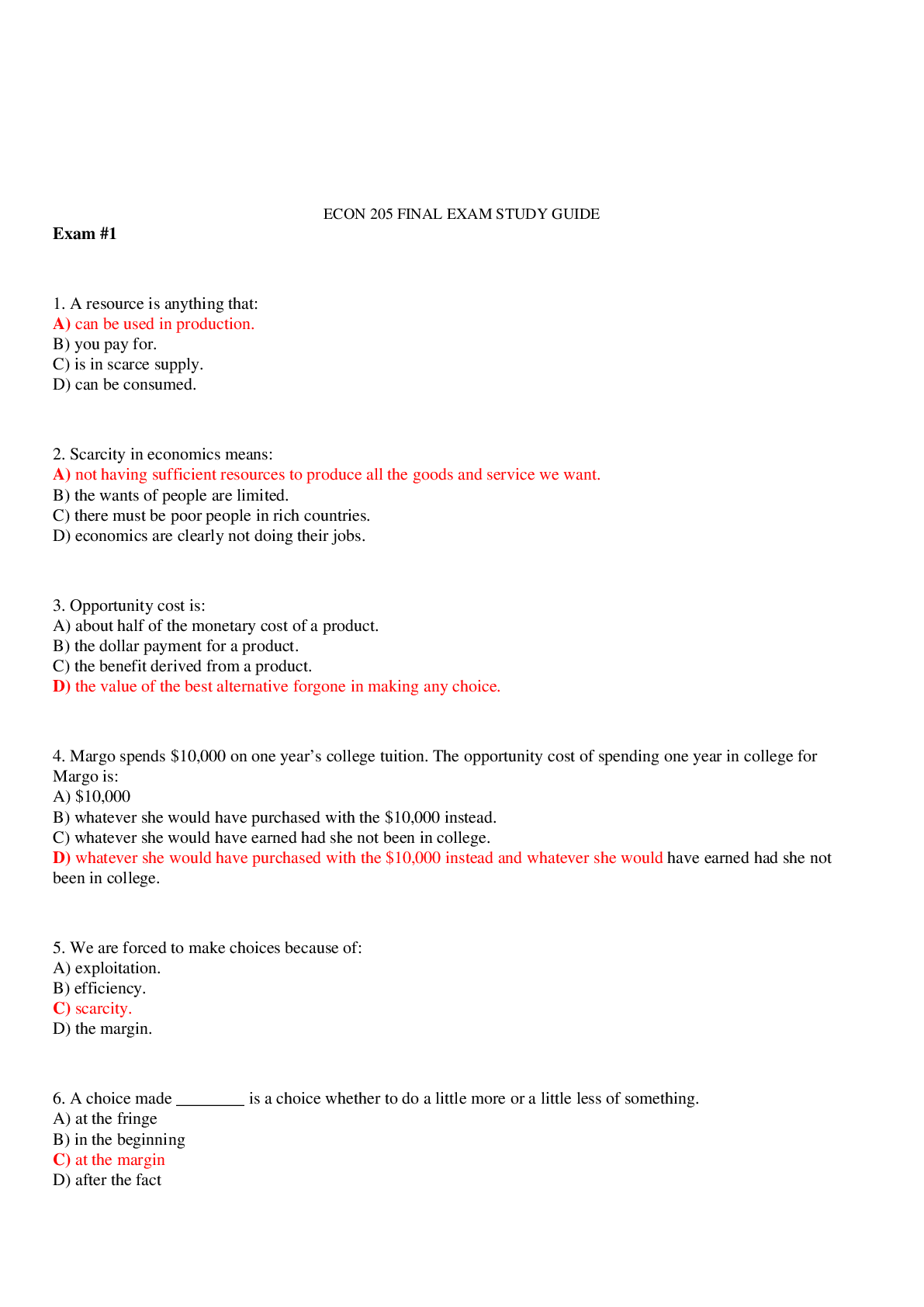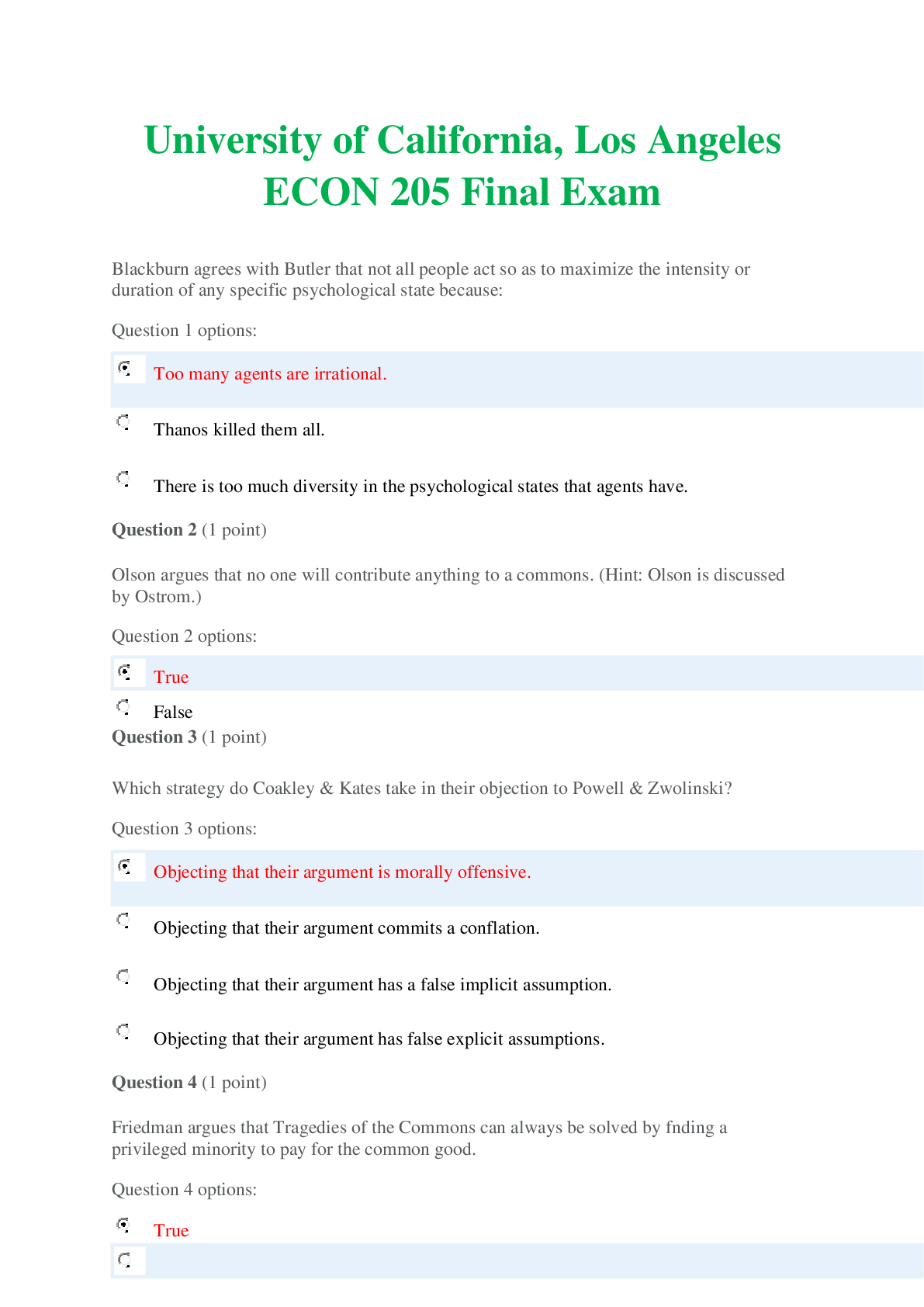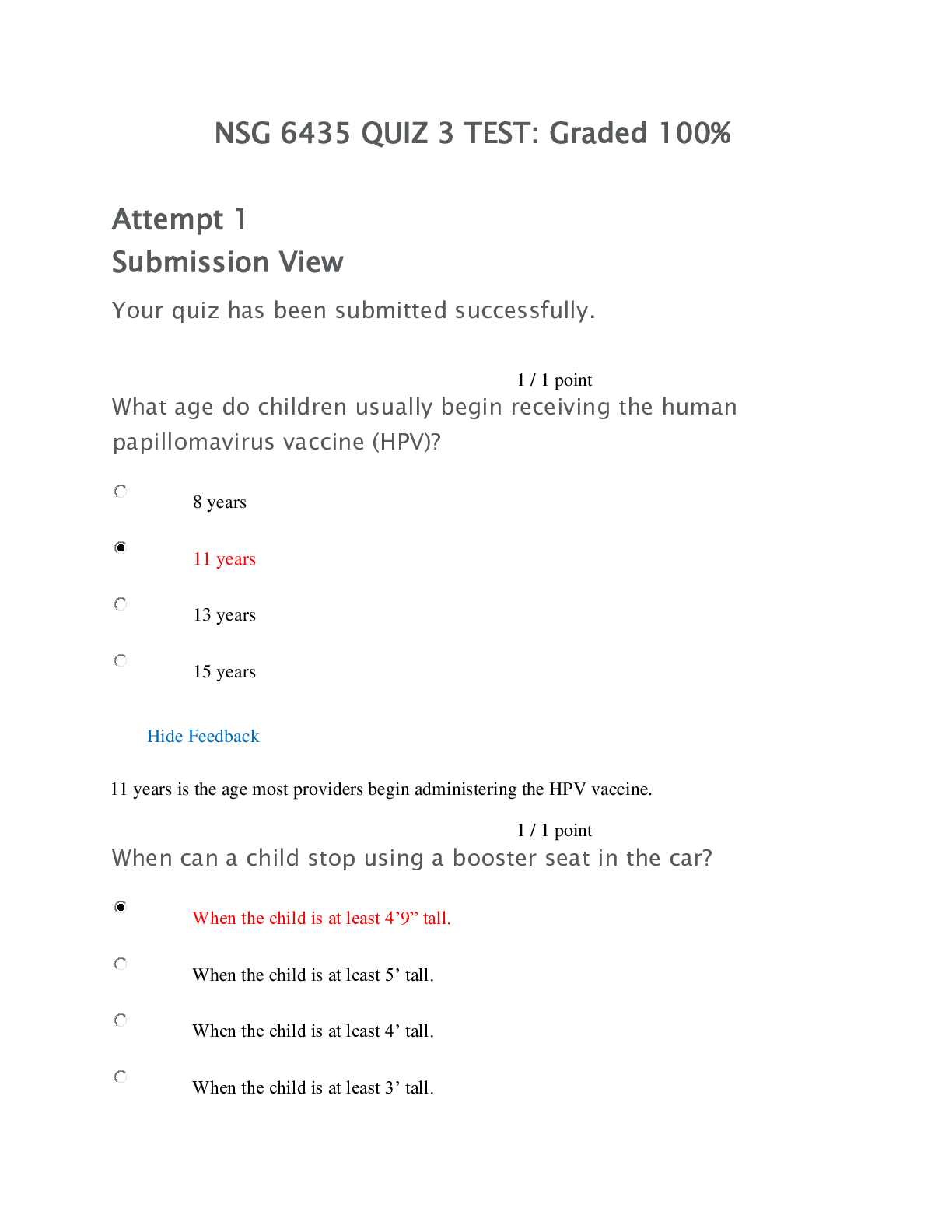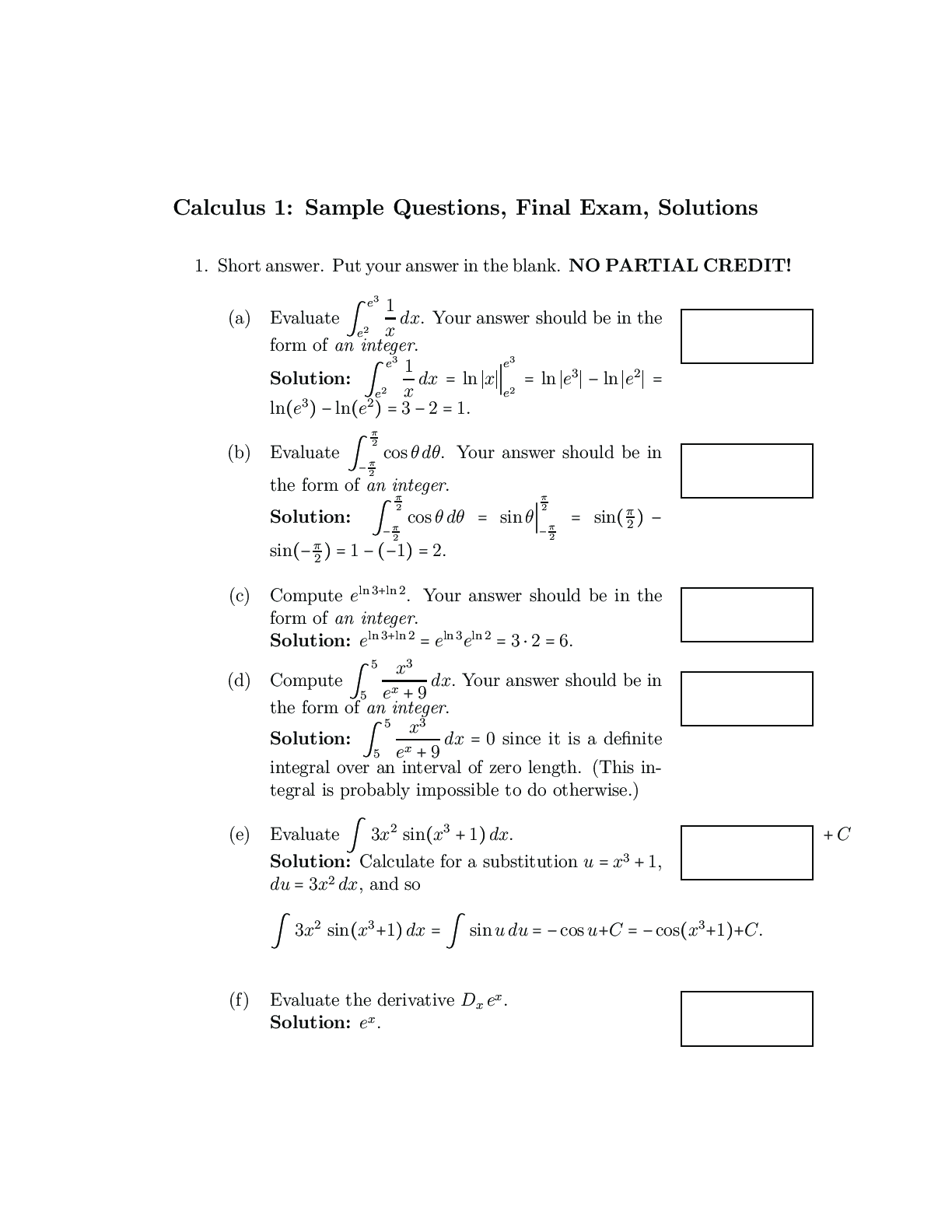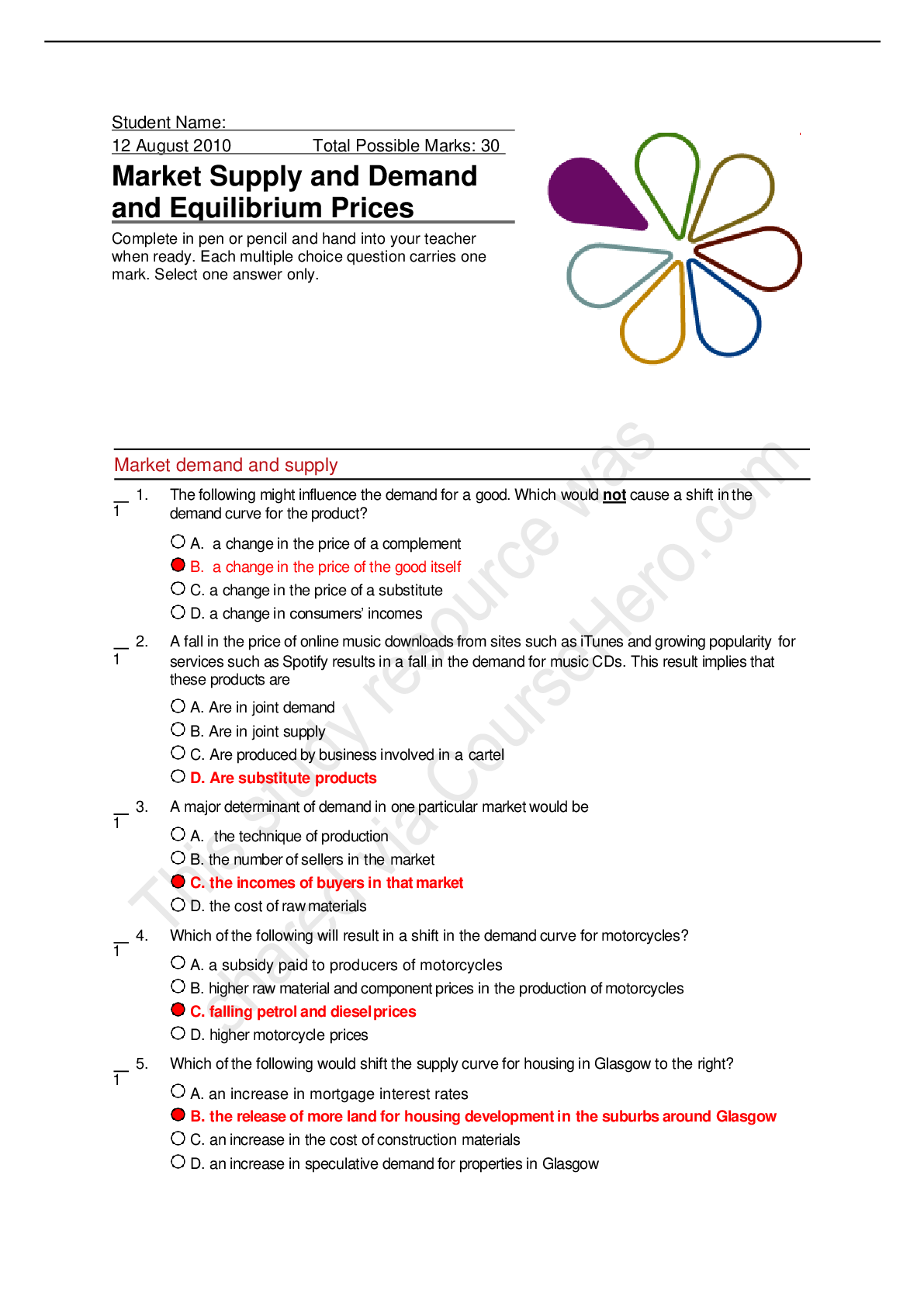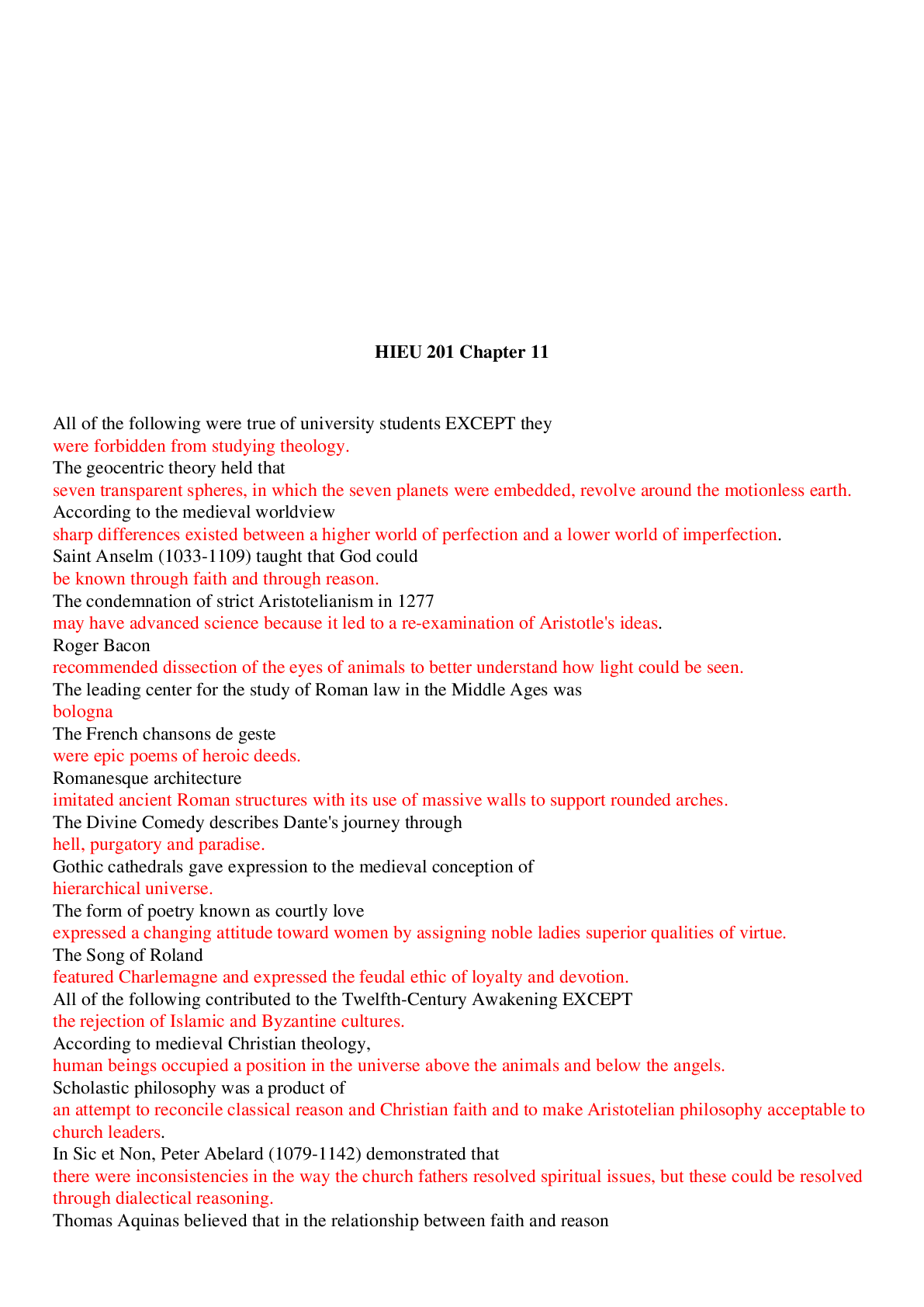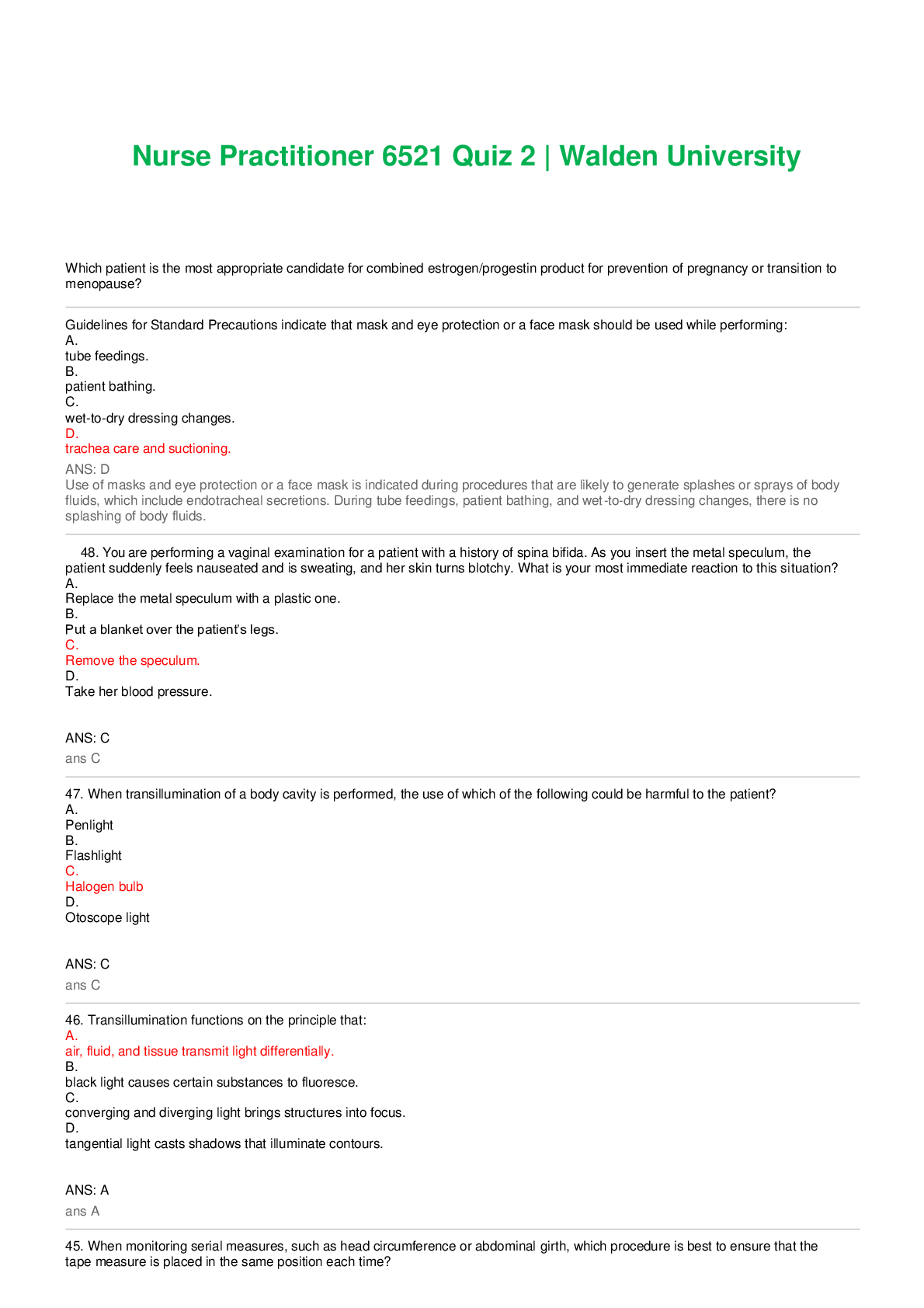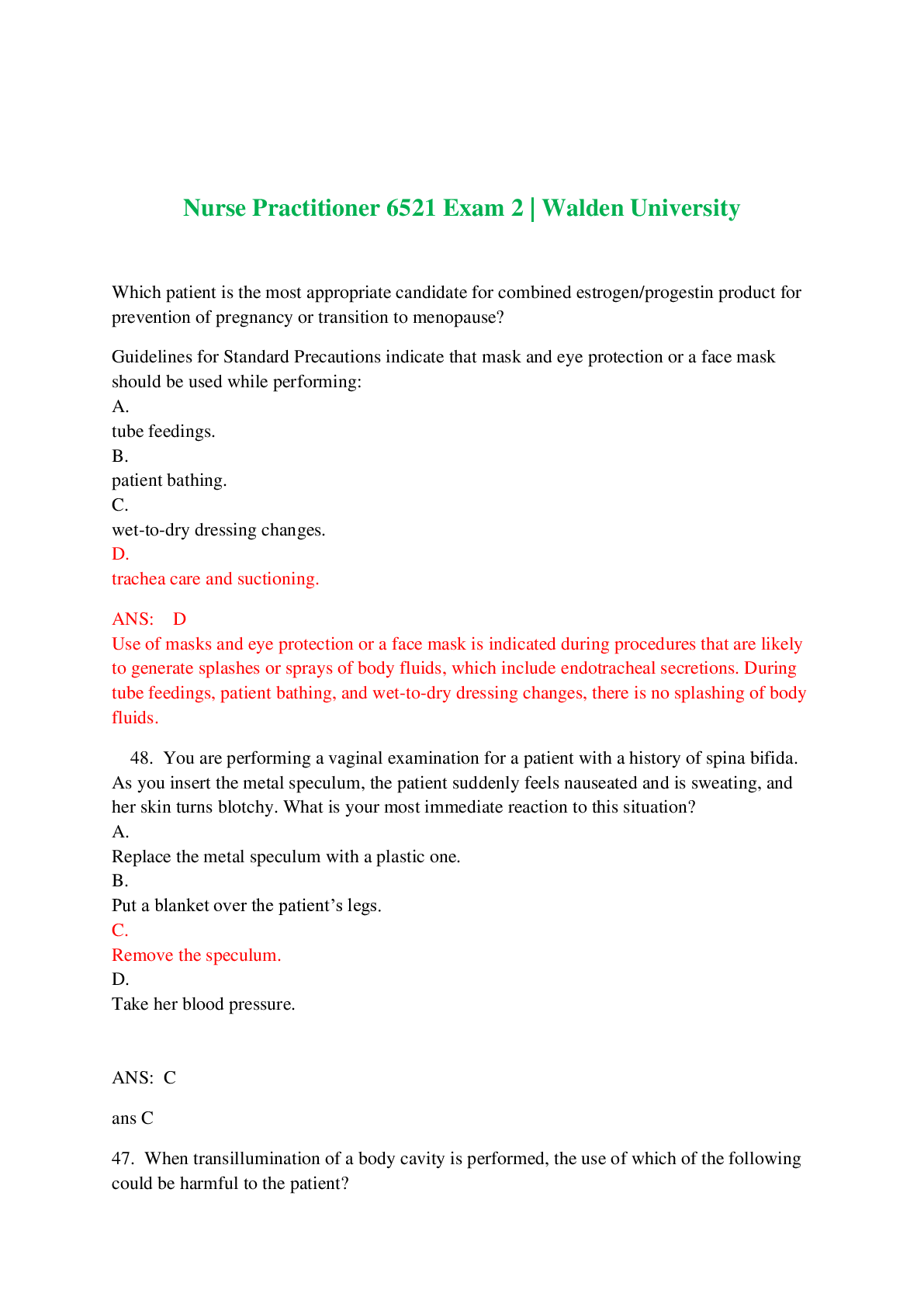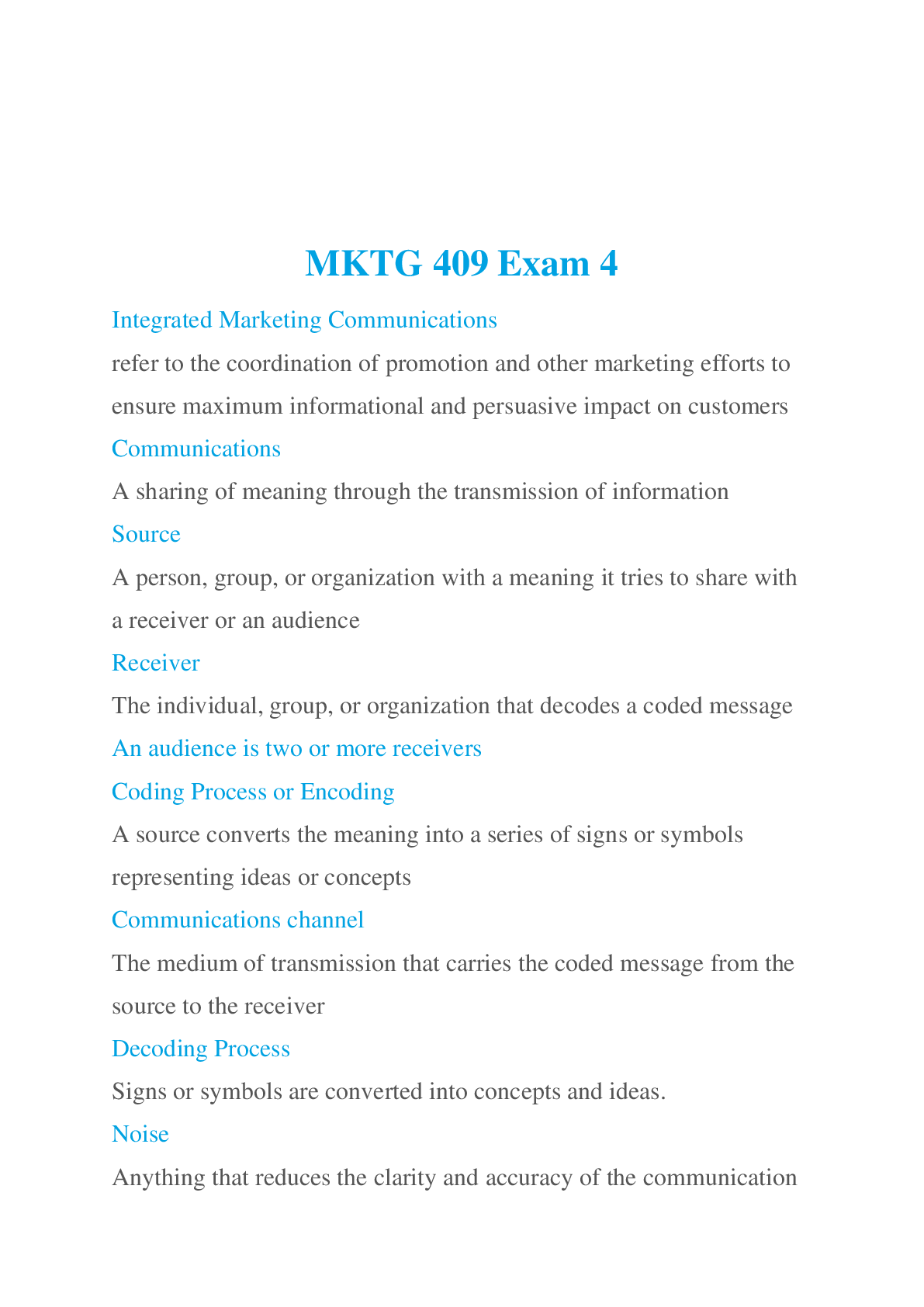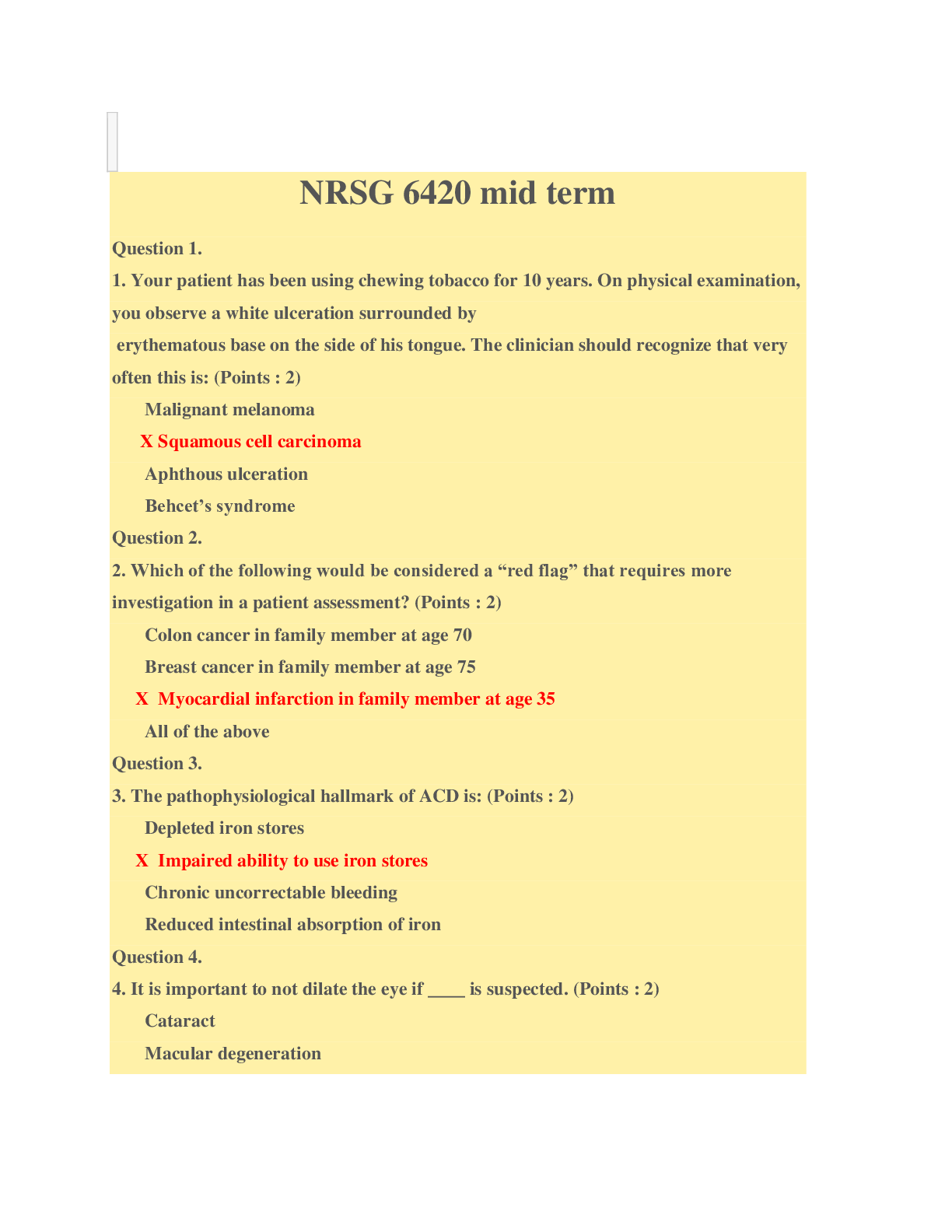OBStudyGuideChapters10-12
Document Content and Description Below
Three stages of fetal development Chapter 10 1. Regarding fertilization: successful fusion of gametes to form a new organism a. Fertilization takes place in the outer third of the ampulla of the fal... lopian tube b. What does it involve? The union of ovum is fertilized by the sperm, making a zygote & is the start point of pregnancy. c.How does it happen? - Sperm attraction to the egg- through chemotaxis - Acrosomal reaction- once the sperm physically contacts the egg causes exocytosis of the outside of the egg. This releases enzymes that digest a path to the eggs surface. - Once the sperm has dissolved its way into the egg it binds to the egg - Ovum is released from ovary & travels through the fallopian tube; sperm travel 7 inches through the vagina to meet the egg & penetrates the outer membrane of the ovum 2. Regarding implantation: 310 a. Ideally where does it take place? In the upper uterus (fundus), where a rich blood supply is available. b. How long does it take (in days) from conception to implantation? 7 to 10 days after conception in the endometrium c.hat are all those little cell balls called? How are they different? Morula: 16 cells appear as solid ball of cells; “little mulberry”; forms after series of four cleavages in mitosis. Blastocyst: morula divides into specialized cells; hollow ball of cells; inner surface forms embryo & amnion Trophoblast: outer layer of blastocyst cavity; develops into chorion & helps form placenta 3. Regarding differentiation (When less specialized cells become more specialized): What happens after implantation? Concurrent with the development of the trophoblast & implantation, further differentiation of the inner cell mass occurs. Some of the cells become the embryo, & others give rise to the membranes that surround & protect it. The three embryonic layers of cells formed are: 1. Ectoderm—forms the central nervous system, special senses, skin, & glands 2. Mesoderm—forms the skeletal, urinary, circulatory, & reproductive organs 3. Endoderm—forms the respiratory system, liver, pancreas, & digestive system 4. Three stages of fetal development: Stage Time description What happens? Preembryonic Stage Fertilization2nd week Begins with fertilization; zygote forms when sperm & ovum meet; morula, blastocyst, & trophoblast form from cell division; trophoblast attaches to endometrium in uterus 7- 10 days after conception p. 311 Embryonic p. 312, table 10.1 End of 2nd week- 8th week – Organs begin to differentiate; eyes & ears form; heart has regular rhythm; fetal circulation established; facial features develop. Amniotic sac is formed to protect the embryo. Fetal Stage End of the 8th week- birth - The conceptus is mature enough to be called a fetus. - All the major systems are present in their basic form, dramatic growth & refinement of all organ systems take place during fetal period. Sexual differentiation 5. What is the role of the zona pellucida?308 Although more than 200 million sperm/mL are contained in the ejaculated semen, only one is able to enter the ovum to fertilize it. All others are blocked by the clear protein layer called the zona pellucida. The zona pellucida disappears in about 5 days. Prevents polyspermy! Term Definition It forms? Blastocyst Within the morula, an off-center, fluid-filled space appears, transforming it into A hollow ball of cells called a blastocyst The inner surface form the embryo & amnion Trophoblast The outer layer of cells surrounding the blastocyst cavity One of the embryonic membranes, the chorion, & helps to form the placenta. 6. Three embryonic layers: Layer What it forms Ectoderm CNS special senses Mesoderm Skeletal, urinary, circulatory, reproductive Endoderm Respiratory, liver, pancreas, digestive system 7. What is the function of the: 311 a. Placenta: acts as a pass-through between the mother & fetus, not a barrier. Almost everything the mother ingests (food, alcohol, drugs) passes through to the developing baby. Removes waste products from the fetus, & produces hormones that ready baby for delivery P. 313 b. Umbilical cord: carries oxygen & nutrients from mother to baby The lifeline from the mother to the growing embryo. It contains one large vein & two small arteries. Wharton’s jelly surrounds these three blood vessels in the umbilical cord to prevent compression, which would cut off fetal blood & nutrient supply. [Show More]
Last updated: 2 years ago
Preview 1 out of 38 pages

Buy this document to get the full access instantly
Instant Download Access after purchase
Buy NowInstant download
We Accept:

Reviews( 0 )
$12.00
Can't find what you want? Try our AI powered Search
Document information
Connected school, study & course
About the document
Uploaded On
Apr 02, 2021
Number of pages
38
Written in
Additional information
This document has been written for:
Uploaded
Apr 02, 2021
Downloads
0
Views
63

 HESI VI EXIT EXAM.png)
